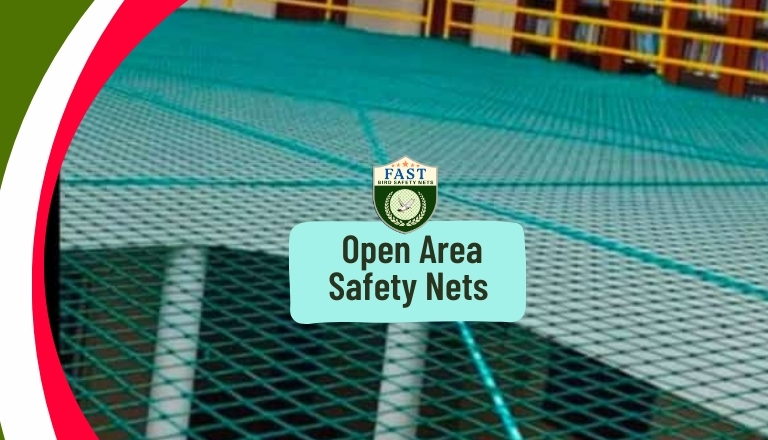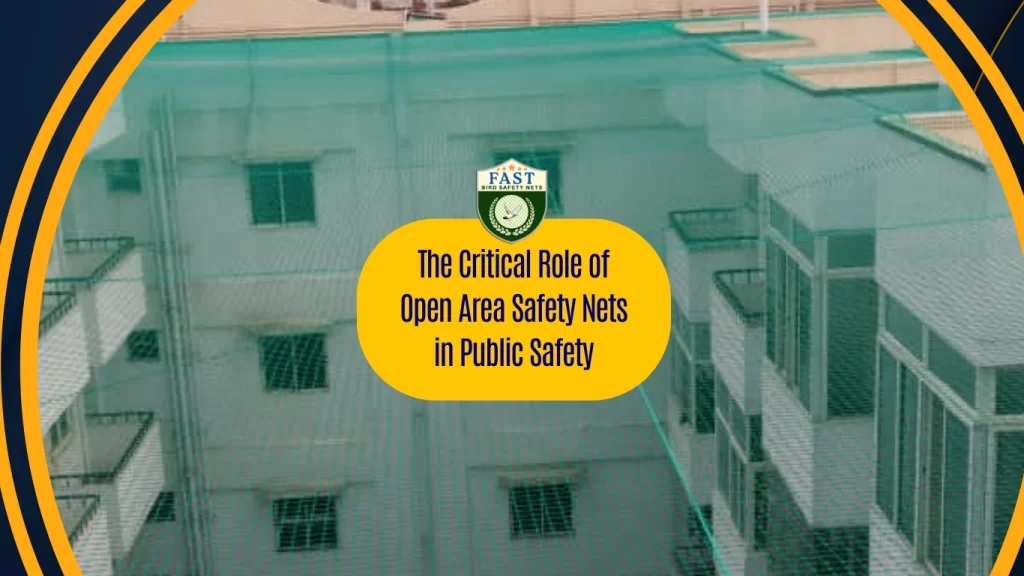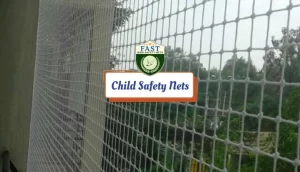Open area safety nets serve as vital safeguards in urban environments, preventing unexpected falls and enhancing public safety. This article explores their indispensable role in securing open spaces between buildings and ensuring the well-being of city dwellers.
1. Urban Landscape Protection: In densely populated urban areas, gaps between buildings are common features. These open spaces, whether narrow alleys or expansive atriums, pose significant fall risks to pedestrians and workers. Open area safety nets act as protective barriers, spanning across these gaps to prevent accidental falls and injuries. By securing the urban landscape, safety nets contribute to the overall safety and functionality of city spaces.

2. Pedestrian Walkway Protection: Pedestrian walkways and footbridges connecting buildings are susceptible to fall risks, particularly in urban settings with high foot traffic. Open area safety nets installed along these walkways act as effective safety measures, preventing falls and ensuring the safety of pedestrians navigating through urban environments. By instilling confidence in pedestrians, safety nets facilitate safe and accessible pedestrian pathways.
3. Rooftop Safety Measures: Rooftops of buildings in urban areas often serve as recreational spaces or venues for events and gatherings. However, these elevated areas present fall hazards, especially in the absence of protective barriers. Safety nets installed around rooftop perimeters provide essential fall protection, allowing individuals to safely enjoy rooftop amenities and activities while minimizing the risk of accidents and injuries.
4. Emergency Evacuation Preparedness: In emergency situations such as fires or natural disasters, open area safety nets play a critical role in facilitating safe evacuation procedures. By creating secure pathways between buildings, safety nets enable swift and orderly evacuation of occupants, reducing the risk of falls or injuries during emergency scenarios. Their presence enhances the overall resilience of urban infrastructure and ensures preparedness for unforeseen events.
Conclusion: Safety nets are indispensable components of urban safety infrastructure, offering vital protection against falls and enhancing public safety in densely populated environments. From securing gaps between buildings to safeguarding pedestrian walkways and rooftop areas, safety nets play a critical role in mitigating fall risks and ensuring the well-being of city dwellers. By prioritizing the installation and maintenance of open area safety nets, urban planners and stakeholders can create safer and more resilient cities for all.






